| UNRESTRICTED |
|---|
|

|
2. Rank & Insignia Tables |

| |||||||
|---|---|---|---|---|---|---|---|---|---|---|
Each table should be read top to bottom, that is in descending order of command authority. Each entry consists of a heading, a block of text and three illustrations of the insignia used for that rank. The information in each is set out as follows:
Table 1: Commissioned Officer Ranks* The normal minimum acrued points required prior to consideration for these appointments. |
| General Officers | |
|---|---|
| General of the Marine Corps | |
|
"General"
GMC PG15 5 silver stars 58,000+ PP * 120+ EICU |
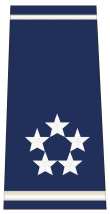
|
| General | |
|
"General"
GEN PG14 4 silver stars 48,000+ PP * 120+ EICU |
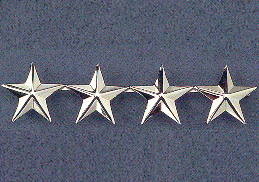
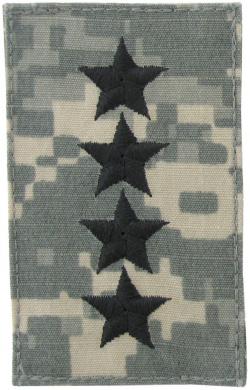
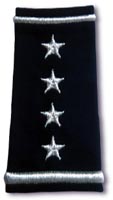
|
| Lieutenant General | |
|
"General"
LGEN PG13 3 silver stars 39,000+ PP * 120+ EICU |
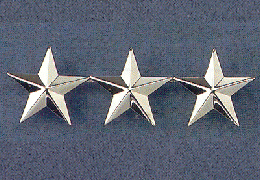
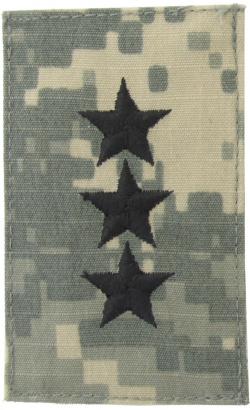
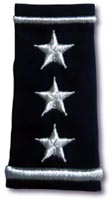
|
| Major General | |
|
"General"
MGEN PG12 2 silver stars 31,000+ PP * 120+ EICU |
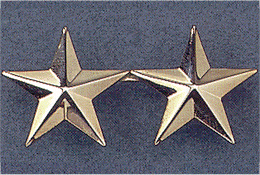
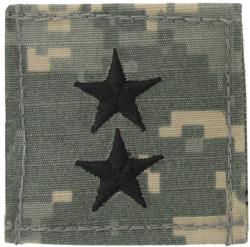
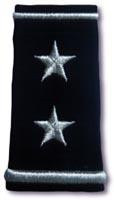
|
| Brigadier General | |
|
"Brigadier" or "General" BGEN PG11 1 silver star 24,000+ PP * 120+ EICU |
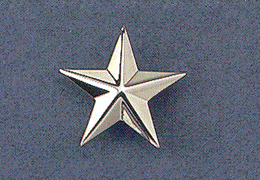
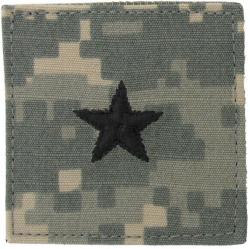
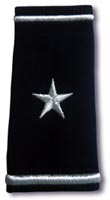
|
| Senior Officers | |
| Colonel | |
|
"Colonel"
COL PG10 A silver eagle 18,000+ PP 72+ EICU |
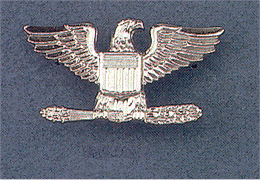
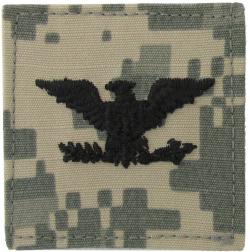
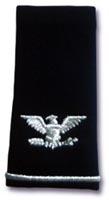
|
| Lieutenant Colonel | |
|
"Colonel"
LTC PG9 A silver oak leaf 13,000+ PP 36+ EICU |
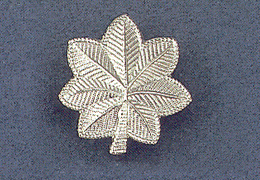
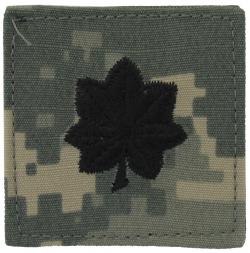
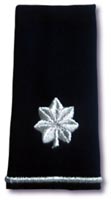
|
| Major | |
|
"Major"
MAJ PG8 A brass oak leaf 9,000+ PP 36+ EICU |
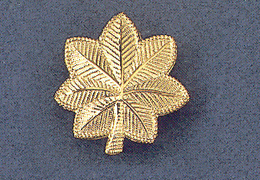
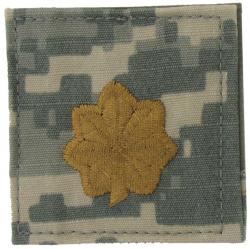
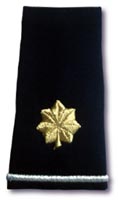
|
| Junior Officers | |
| Captain | |
|
"Captain"
"Cap" CPT PG7 2 silver bars 6,000+ PP 12+ EICU |
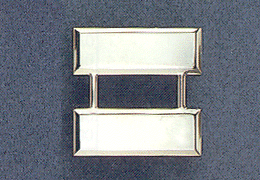
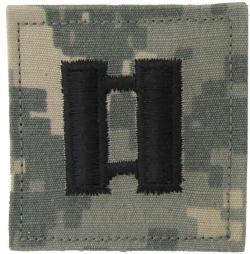
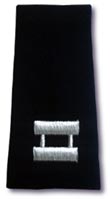
|
| First Lieutenant | |
|
"Lieutenant"
"L-T" 1LT PG6 1 silver bar 4,000+ PP 12+ EICU |
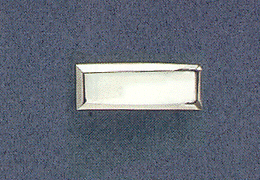
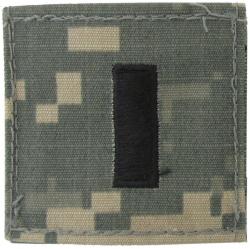
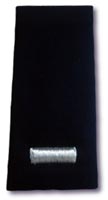
|
| Second Lieutenant | |
|
"Lieutenant"
"L-T" 2LT PG5 1 brass bar 2,000+ PP 12+ EICU |
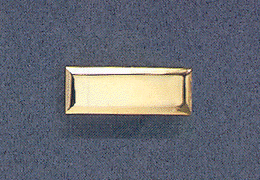
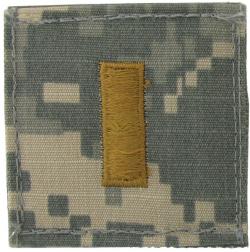

|
Table 2 The Non-Commissioned Officer Ranks
| Senior Non-Commissioned Officers (SNCO) | |||
|---|---|---|---|
| Command Sergeant Major | |||
|
"Sar'Major"
"Sergeant" "Sarge" CSM PG10 3 chevrons surmounting 3 rockers, with a single star in the centre surrounded by a laural wreath. 24,000+ PP 120+ EICU |
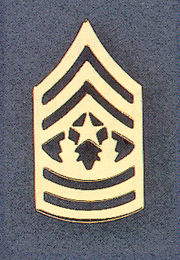
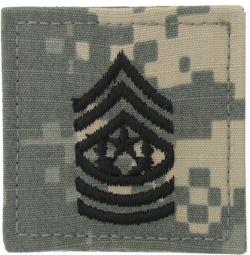

| ||
| Sergeant Major | |||
|
"Sar'Major"
"Sergeant" "Sarge" SM PG9 3 chevrons surmounting 3 rockers, with a single star in the centre 18,000+ PP 72+ EICU |
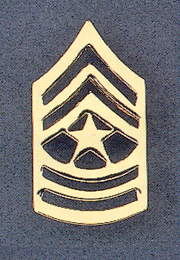
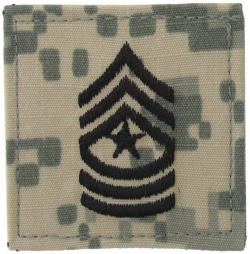
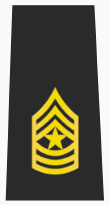
| ||
| First Sergeant | |||
|
"Top" or "Top Kick"
"Sergeant" "Sarge" 1SGT PG9 3 chevrons surmounting 3 rockers, with a diamond in the centre 18,000+ PP 36+ EICU |
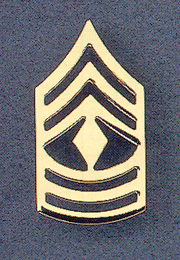
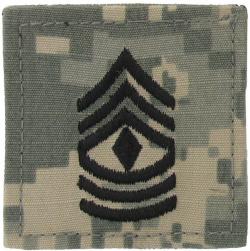
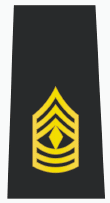
| ||
| The rank of First Sergeant is an appointment, with no more than one per regiment. They serve as the regimental S1 Administration Officer, or as the chief assistant to any commissioned officer tasked with that role. Officially First Sergeants have no command authority outside of their administrative remit, subject to the situation. But the epithet "Top" or "Top Kick" belies this official position. | |||
| Master Sergeant | |||
|
"Sergeant"
"Sarge" MSGT PG8 3 chevrons surmounting 3 rockers 13,000+ PP 36+ EICU |
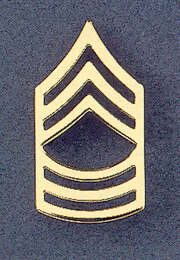
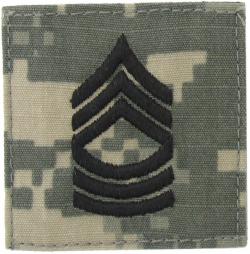
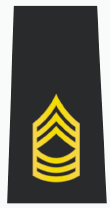
|
||
| Sergeant First Class | |||
|
"Sergeant"
"Sarge" SFC PG7 3 chevrons surmounting 2 rockers 9,000+ PP 36+ EICU |
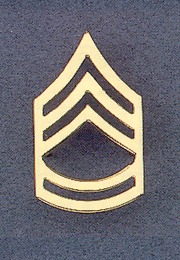
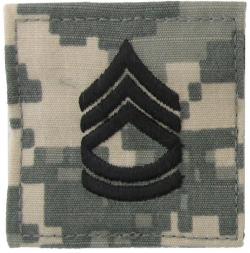
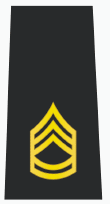
|
||
| Junior Non-Commissioned Officers (JNCO) | |||
| Staff Sergeant | |||
|
"Staff"
"Sergeant" "Sarge" SSGT PG6 3 chevrons surmounting 1 rocker 6,000+ PP 12+ EICU |
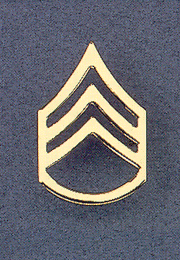
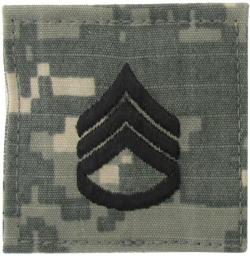

| ||
| Sergeant | |||
|
"Sarge"
SGT PG5 3 chevrons 4,000+ PP 12+ EICU |
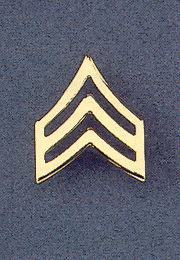
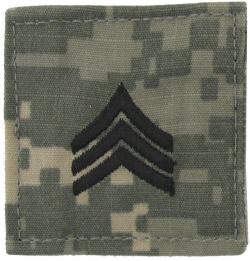

|
||
| Corporal | |||
|
"Corporal"
"Corp" CPL PG4 2 chevrons 2,000+ PP 12+ EICU |
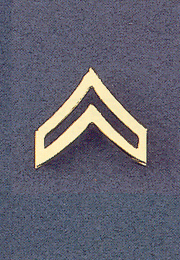
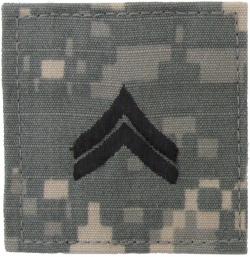

|
||
Table 3: Other Ranks
| Privates | |
|---|---|
| Private First Class | |
|
"P-F-C" "Private" PFC PG3 1 chevron surmounting 1 rocker 500+ PP 12+ EICU |
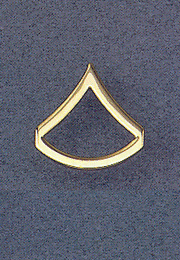
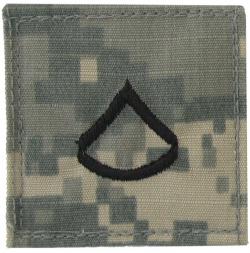
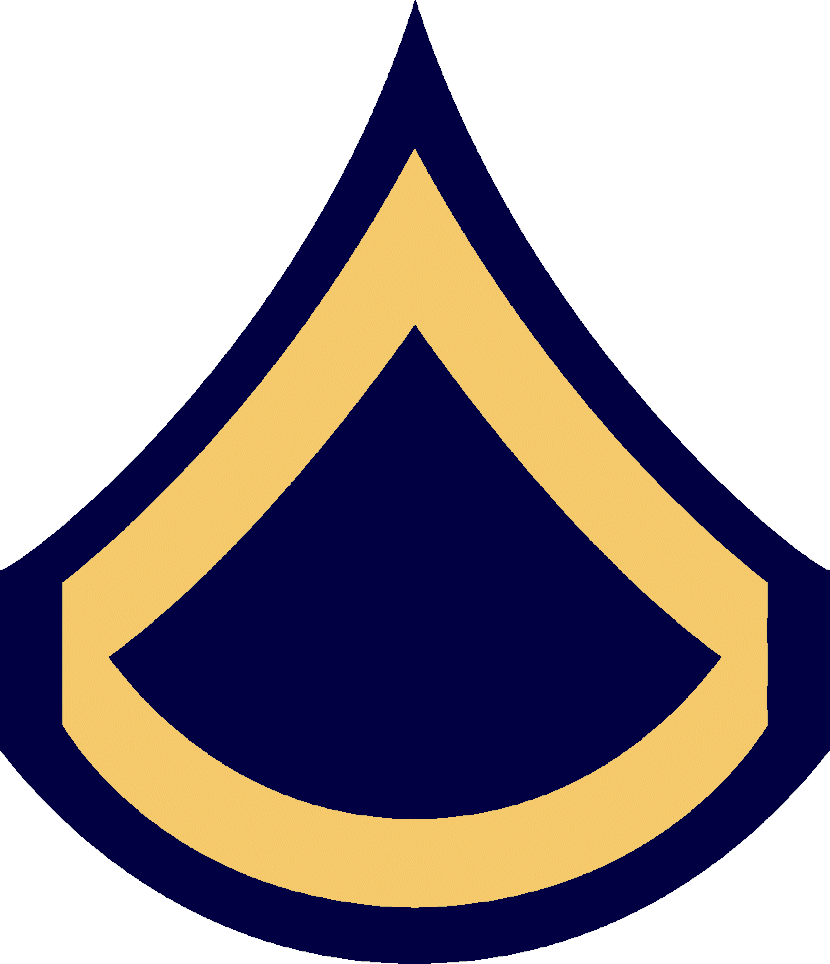
|
| Private | |
|
"Private"
PVT PG2 1 chevron 250+ PP 0+ EICU |
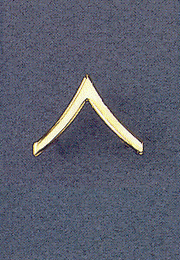
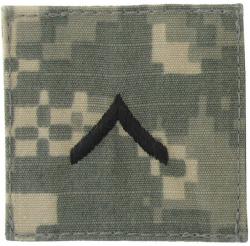
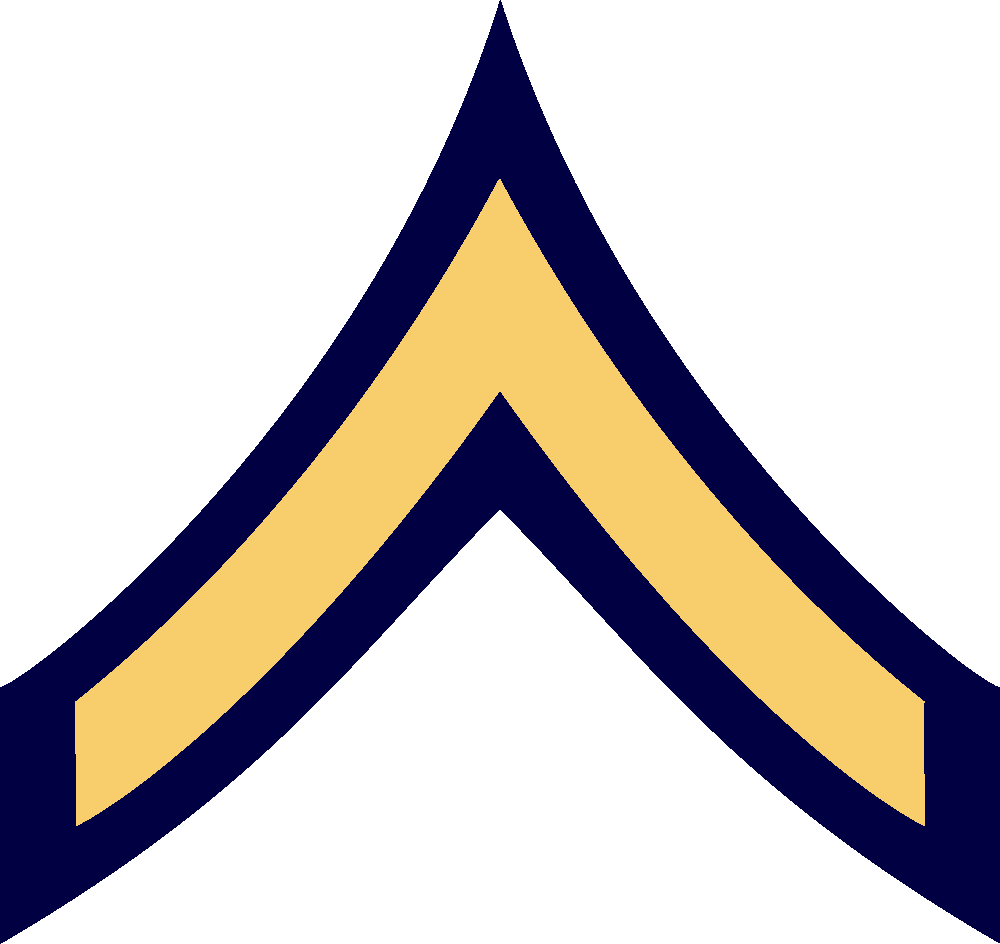
|
| Private | |
|
"Private"
"Recruit" or "Rookie" PVT PG1 No rank insignia 0+ PP 0+ EICU |

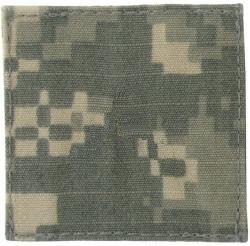
|
| Specialists, VIPs (Very Important Persons) & Civilian Staff | |
| Non military personnel are divided into three classes: Specialists, VIPs (Very Important Persons) and Civi's (Civilian staff), each having their abbreviations suffixed with a number related to their pay grade/authority. For example SPEC7, VIP7 or CIVI7. These numbers are used by such personnel to clarify seniority issues within their class. In combat Specialists always outrank VIPs and Civilian staff, regardless of pay grade, likewise VIPs similarly outrank civilian staff. Be aware that as VIPs can exercise considerable influence over the CONTACT Program, great care in their handling is recommended. | |
| Specialist | |
|
"Specialist"
"Spec" or their title e.g. "Doctor" etc. SPEC1 + 1 per pay grade PG4+ An eagle clutching lightning 0+ PP 0+ EICU |
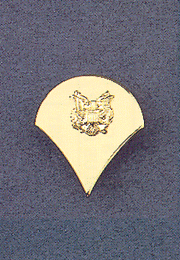
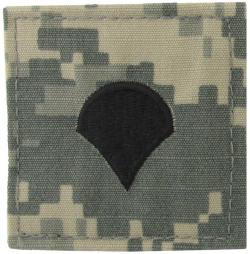
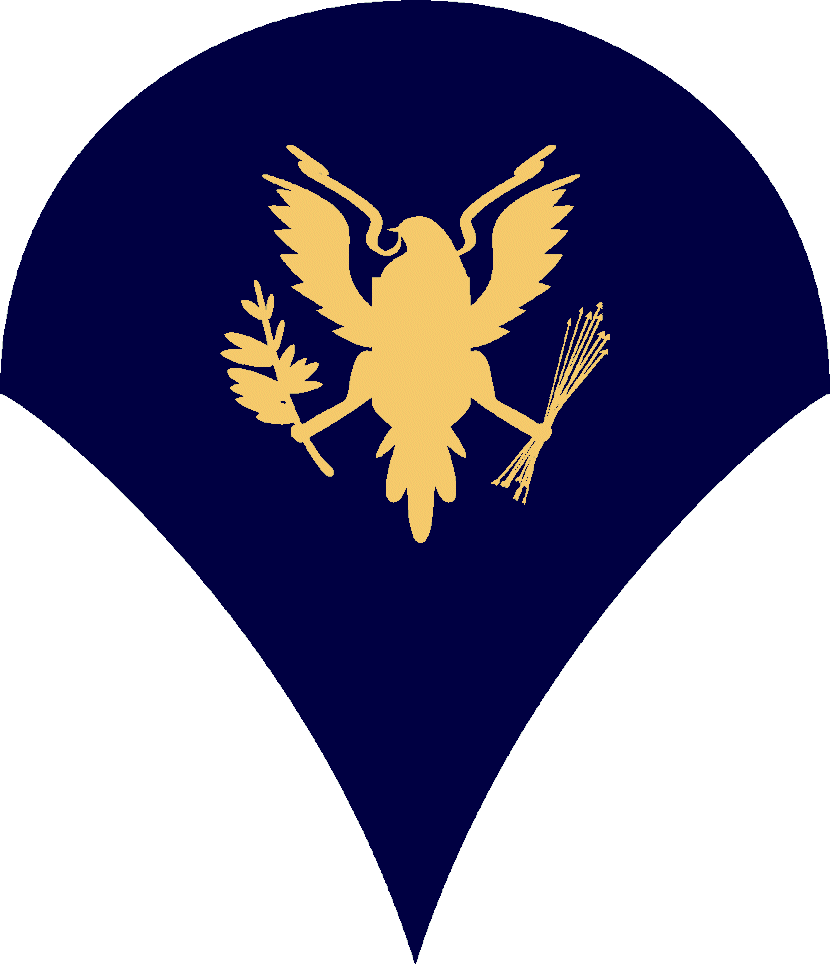
|
| Very Important Person | |
|
"Dr./Professor/ Mr/Mrs/Miss/Ms" VIP1 + 1 per pay grade PG1+ No rank insignia 0+ PP 0+ EICU |


|
| Civilian Staff | |
|
"Dr./Professor/ Mr/Mrs/Miss/Ms" CIV1 + 1 per pay grade PG1+ No rank insignia 0+ PP 0+ EICU |


|
| Top |
|---|
END OF DOCUMENT